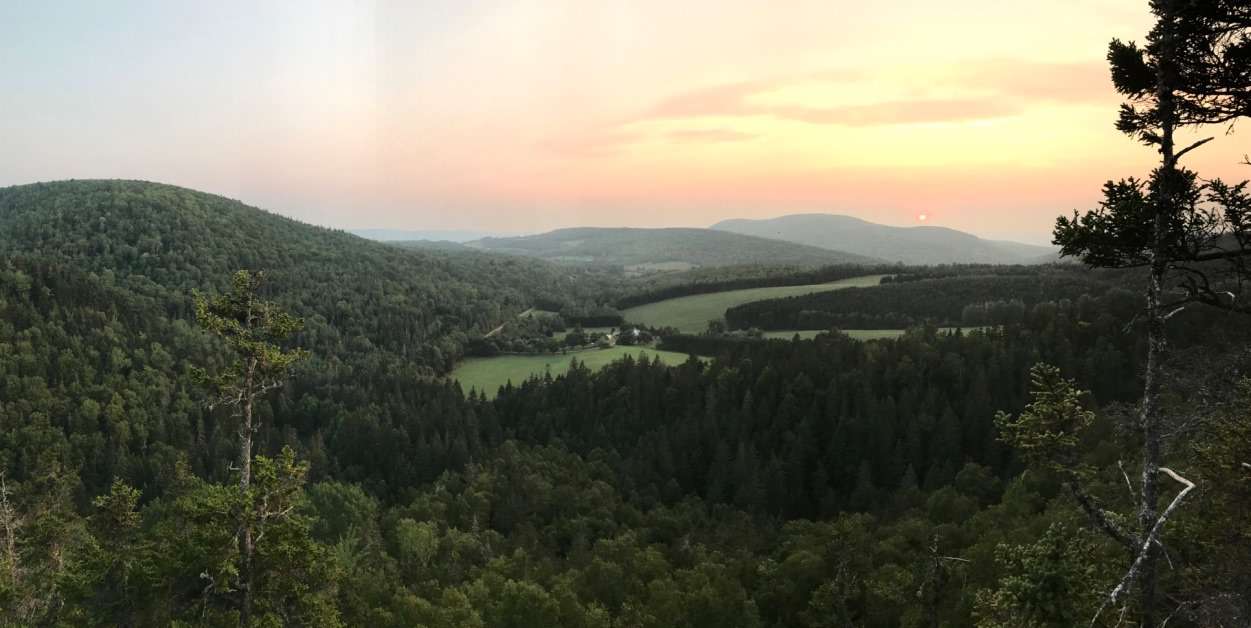August 21 2020
Managing Carbon Dioxide Utilization for Algae R&D
3rd Spotlight Series from the Algae Biomass Summit:
Let’s first begin with an into to what Global Algae Innovations does. Their vision:
Harness the productivity of algae to provide food and fuel for the world, dramatically improving the environment, economy, and quality of life for all people.
Why is algae the solution to so many global dilemmas? It offers huge gains in productivity for agriculture. Comparing it to other crops such as soybean, canola, corn ethanol, cellulosic ethanol, etc., algae comes our far ahead for protein yield, as well as oil yield. That’s a very exciting potential for the young industry if you think how we are really just getting started on breeding and other techniques.
In order for algae production to happen world-wide, we need direct air caption. This will allow large, commercial and industry scale algae production facilities to not have to be located next to a CO2 source.
By moving to large scale algae production for feed and fuel we’ll be able to greatly reduce the CO2 emissions. As an example, using algae in animal feed we’re able to mitigate green house gas emissions by 60% and reduce deforestation.
Algae for animal feed is pivotal for achieving our climate change goals.
Contact Global Algae Innovations to learn more.
Michael Burkart, California Center for Algae Biotechnology at UCSD
Opportunities, Challenges, and Examples for Carbon Dioxide Utilization
Michelle Krynock, NETL LCA Team
Understanding the Environmental Potential of CO2 Utilization Technologies through the Assessment of Algae-to-Biofuels Pathways
Bruce Rittman, Swette Center for Environmental Biotechnology at Biodesign Institute
Highly Efficient CO2 Delivery from Industrial Sources
David Hazlebeck, Global Algae Innovations
Algae Solutions to Global Dilemmas
Jason Quinn, Colorado State University
Economic and Life-cycle Potential of Microalgae Derived Bioplastics with Fuel Co-products
Please visit the Algae Biomass Organization website to find out more about this years virtual summit. Still time to join before the full event kicks off September 9th and be part of the algae community.
Industrial Plankton develops and sells bioreactors for plankton production. Visit our homepage to see how we can be a solution to you aquaculture, research, or biotech needs.

